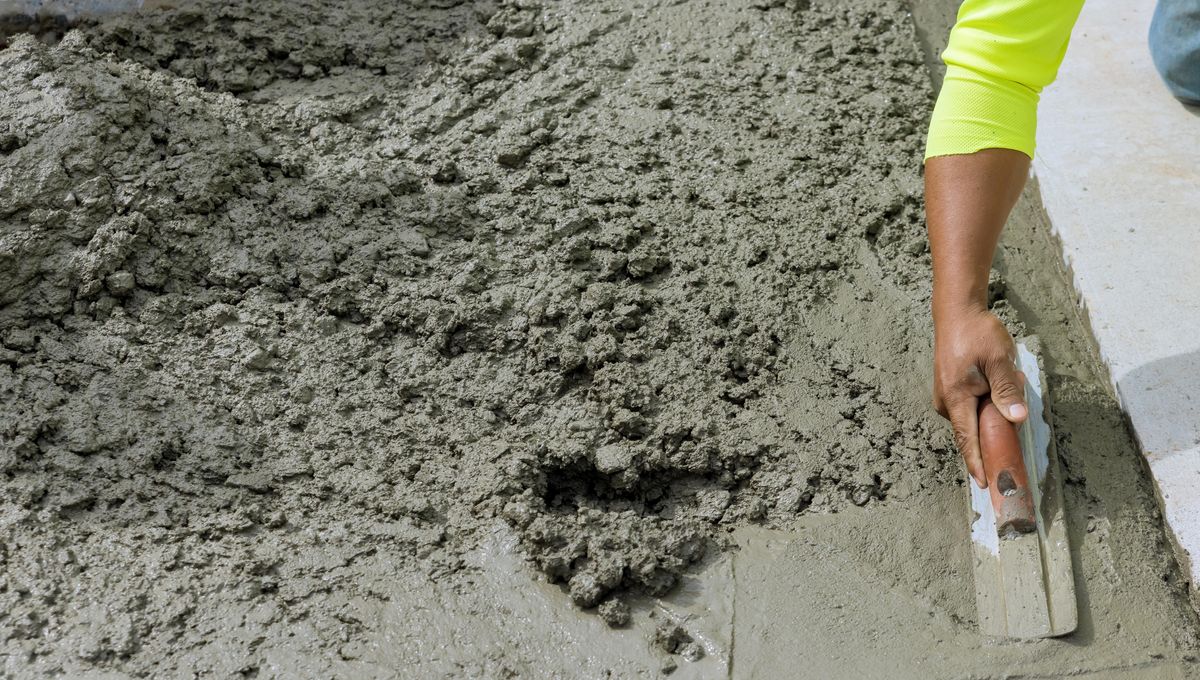
Researchers in Australia have used spent coffee grounds to make concrete 30 percent stronger. Simply by replacing a percentage of sand with waste coffee, something common to many households, it is possible to make construction more efficient and greener.
As a household item, coffee grounds are everywhere. It is currently estimated that around 60 million tons are produced across the world each year, most of which is simply thrown away. That’s a lot of waste, and it contributes to the production of methane gas when it ends up in landfills, which contributes to the ongoing climate crisis. There is therefore a need to develop new recycling solutions that can help address the accumulation of this waste. That’s where the work of the team from RMIT University comes into play.
“The inspiration for our work was to find an innovative way of using the large amounts of coffee waste in construction projects rather than going to landfills – to give coffee a ‘double shot’ at life,” lead author Dr Rajeev Roychand, a Postdoctoral Research Fellow at RMIT, said in a statement.
Because spent coffee consists of fine particles, they were proposed as useful resources for civil and commercial applications. To test the idea, the team collected spent coffee grounds from cafes in Melbourne, Australia, and then dried them. The coffee was then heated through a process called “pyrolysis”, which involves heating organic material, such as a biomass, in the absence of oxygen. This turned the coffee grounds into biochar.
The team then designed 12 mixes to compare the effects the grounds had when made into concrete. This consisted of spent grounds that were untreated (raw), and grounds that were heated to 350°C (662°F) or 500°C (932°F), respectively. These different products were then added to Portland cement at different percentages volumes (0, 5, 10, 15, and 20 percent volume) as a replacement for sand.
The concrete is then molded and cured at room temperature for 24 hours before being demolded and cured in water tanks to be tested for its compressive strength (to see how far it can be stressed before it fractures) and performance potential. This mix was then analyzed with X-ray diffraction (XRD) and scanning electron microscopes (SEM).
The results show that a mix consisting of 15 percent pyrolyzed grounds at 350°C significantly improved the structural properties of concrete – around 29.3 percent improvement in compressive strength.
More work needs to be done to continue developing and testing this method, but it is already showing promise and gaining interest.
“Several councils that are battling with the disposal of organic waste have shown interest in our work”, Roychand added.
“They have already engaged us for their upcoming infrastructure projects incorporating pyrolysed forms of different organic wastes.”
A wakeup call for the construction industry
According to the joint lead author, Dr Shannon Kilmartin-Lynch, a Vice-Chancellor’s Indigenous Postdoctoral Research Fellow at RMIT, the results of this study have significant implications for the construction industry across the world.
“Inspiration for my research, from an Indigenous perspective, involves Caring for Country, ensuring there’s a sustainable life cycle for all materials and avoiding things going into landfill to minimise the impact on the environment,” Kilmartin-Lynch explained.
“The concrete industry has the potential to contribute significantly to increasing the recycling of organic waste such as used coffee.
“Our research is in the early stages, but these exciting findings offer an innovative way to greatly reduce the amount of organic waste that goes to landfill.”
Importantly, the use of biochar in construction projects will relax pressure on the need for fine sand, which is a scares resource across the world. Sand is among the most extracted solid materials on the planet and the second most used resource after water. Moreover, the continued extraction of sand is extremely harmful to the environment.
“The ongoing extraction of natural sand around the world – typically taken from river beds and banks – to meet the rapidly growing demands of the construction industry has a big impact on the environment,” team leader Professor Jie Li explained.
“With a circular-economy approach, we could keep organic waste out of landfill and also better preserve our natural resources like sand.”
The study was published in the Journal of Cleaner Production.
Source Link: Common Household Waste Product Can Make Concrete 30 Percent Stronger